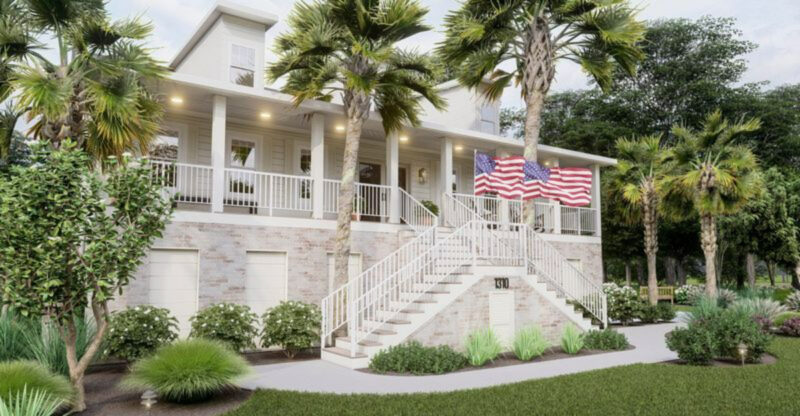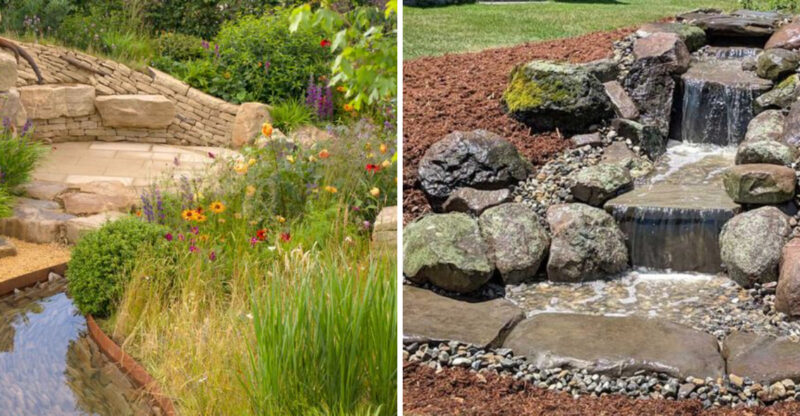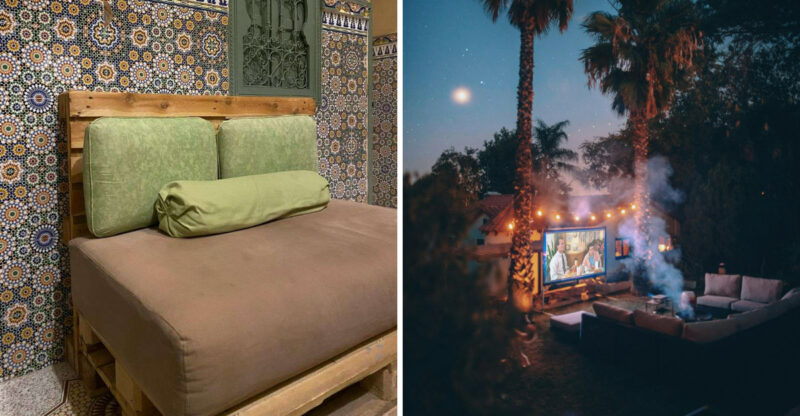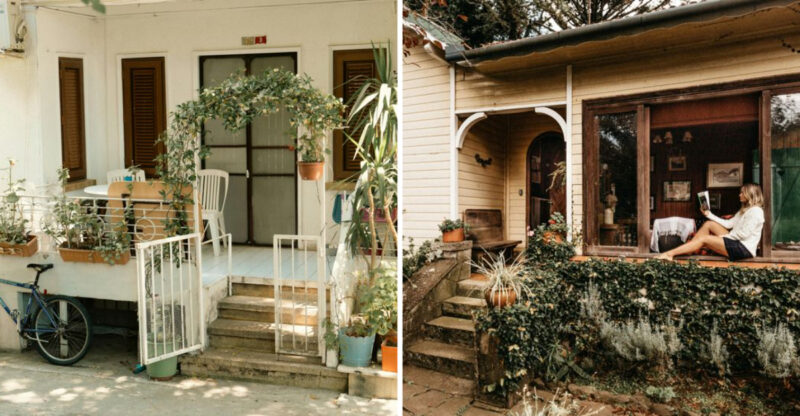10 Exterior Design Ideas That May Work Well In Denver’s Climate
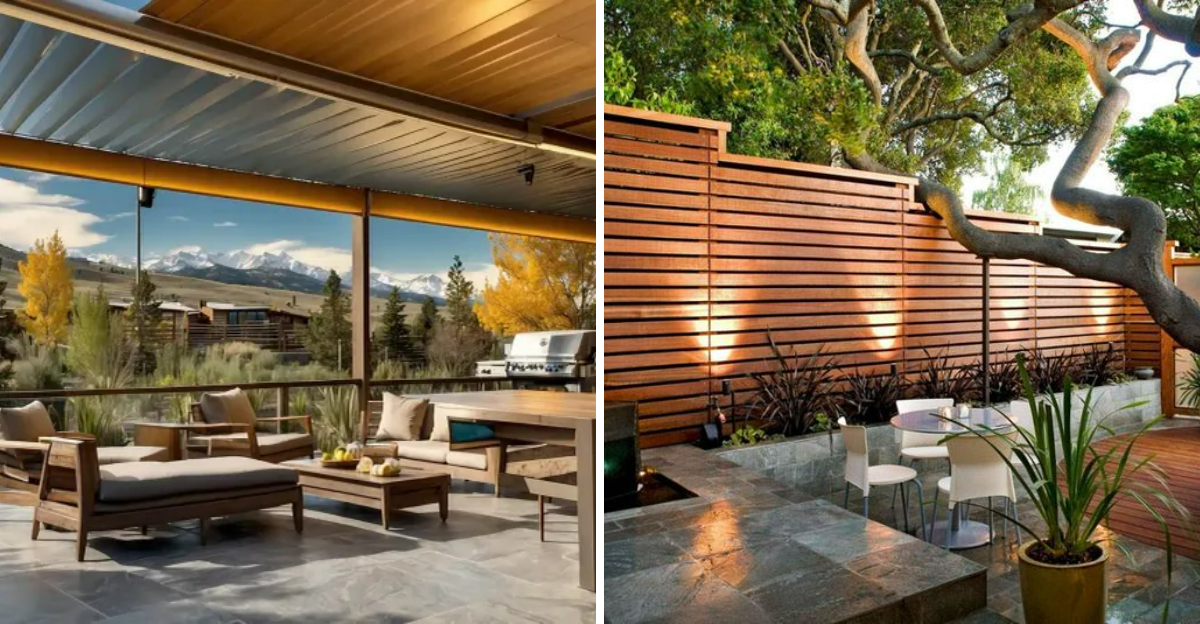
Denver’s climate throws everything at homeowners – from harsh winter snows to scorching summer sun and those famous hailstorms. Finding the right exterior design elements that can handle these extremes while still looking great isn’t always easy.
I’ve put together some practical ideas that combine style with the durability needed for our unique Colorado weather patterns.
1. Metal Roofing That Handles Heavy Snow
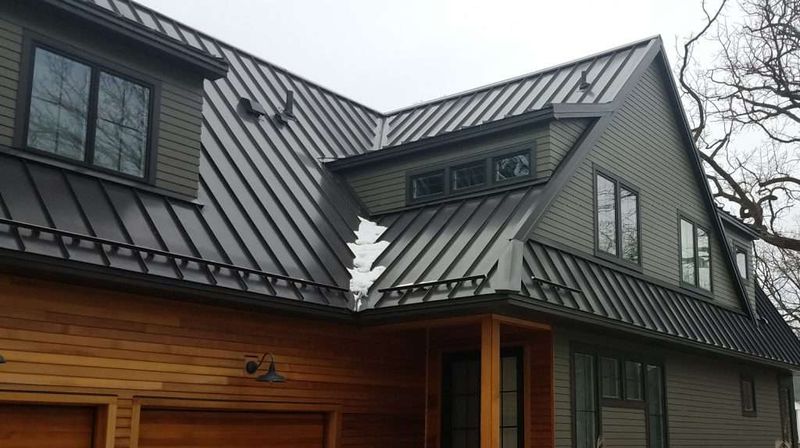
Standing seam metal roofs have become my go-to recommendation for Denver homes. They shed snow efficiently during our heavy winter storms and stand up remarkably well to those golf ball-sized hailstones we sometimes get.
The reflective properties help keep homes cooler during summer months too, potentially saving on energy costs. Plus, most quality metal roofing comes with 50+ year warranties, making it a smart long-term investment for our unpredictable mountain climate.
2. Xeriscaping With Native Colorado Plants
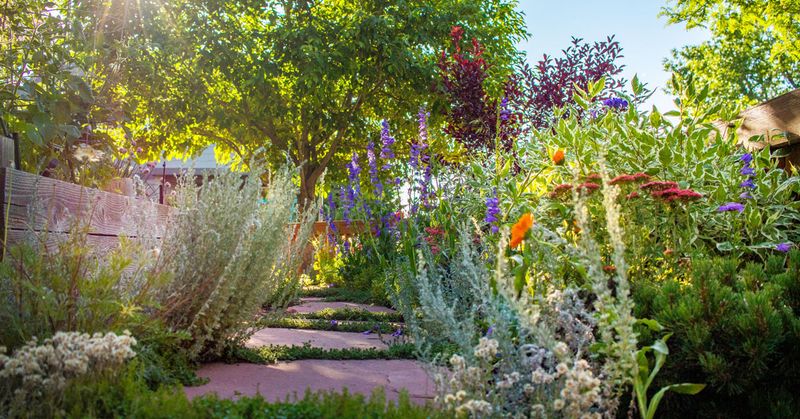
Forget fighting against nature with thirsty lawns. Native plant xeriscaping creates stunning, low-maintenance landscapes perfectly adapted to Denver’s semi-arid conditions.
Rocky Mountain penstemons, prairie coneflowers, and blue grama grass thrive with minimal watering once established. The beauty of this approach? Your yard stays gorgeous through summer droughts and winter freezes while supporting local pollinators.
As an added bonus, you’ll spend less time mowing and more time enjoying those 300 days of sunshine.
3. Solar-Ready South-Facing Design

Denver averages an incredible 300+ sunny days annually, making it ideal for solar energy. Designing your home’s roof with proper southern exposure maximizes this natural resource.
Even if you’re not ready to install panels immediately, creating the right roof pitch and orientation prepares you for future upgrades. Many of my clients appreciate how this forward-thinking approach reduces energy bills while increasing property values.
Some neighborhoods now offer solar gardens as alternatives for homes with challenging orientations.
4. Wind-Resistant Fencing Solutions
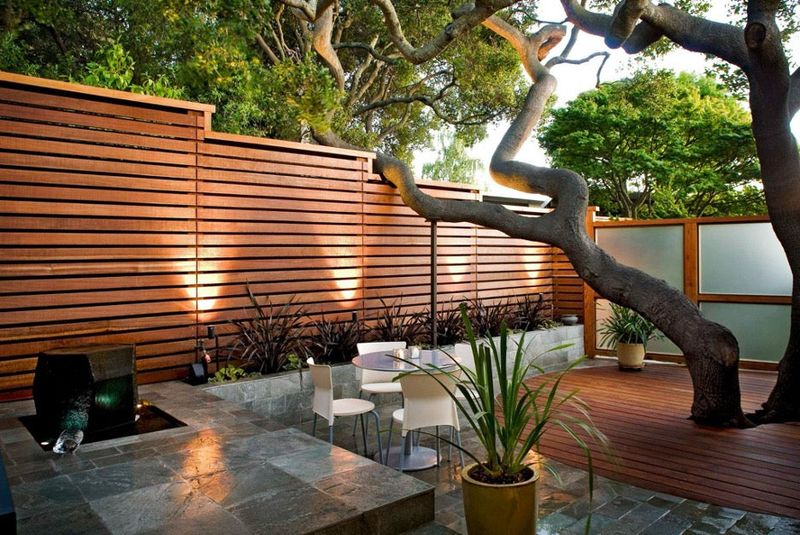
Those famous Chinook winds can wreak havoc on traditional privacy fences. I’ve had great success with louvered designs that allow air to pass through while maintaining privacy.
Horizontal slat fences with small gaps between boards offer the perfect compromise between wind resistance and privacy. For maximum durability, composite materials outperform wood in our harsh UV environment and dramatic temperature swings.
Strategic placement of evergreen shrubs can supplement these fencing solutions for year-round screening.
5. Hail-Resistant Exterior Materials
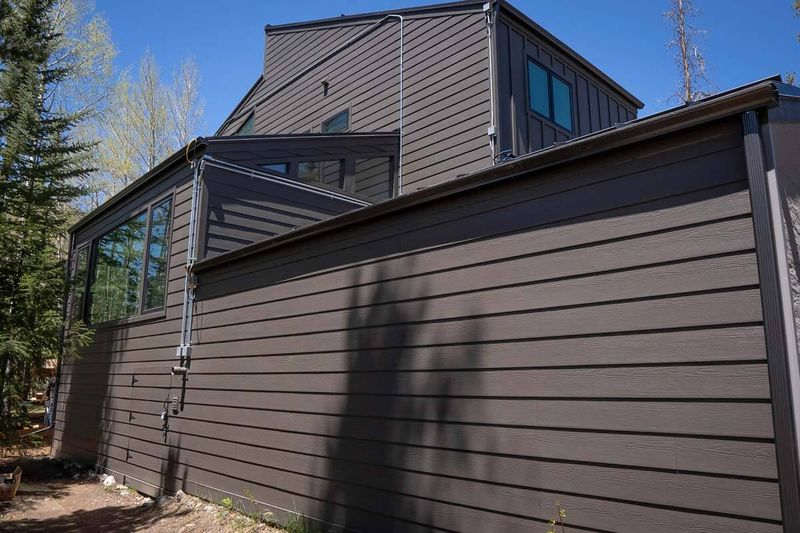
After witnessing countless homes damaged by our notorious hailstorms, I’ve become a strong advocate for impact-resistant siding options. Fiber cement products like HardiePlank offer exceptional durability against hail while mimicking the look of traditional wood siding.
Stone veneer accents not only add visual interest but provide practically indestructible sections on the most vulnerable areas of your home’s exterior. Many insurance companies now offer discounts for these hail-resistant upgrades, making them financially smart choices for the long term.
6. Smart Drainage Systems
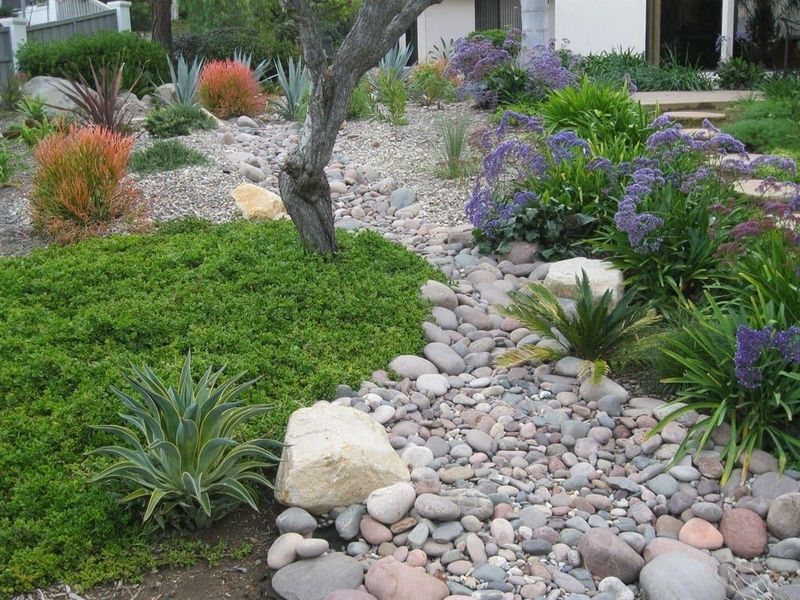
When those summer cloudbursts hit, proper water management becomes crucial. French drains combined with decorative dry creek beds direct runoff away from foundations while adding visual interest to landscaping.
Rain chains offer a beautiful alternative to traditional downspouts, turning necessary drainage into a water feature. I always recommend slight grading modifications to ensure water flows away from structures.
These thoughtful drainage solutions prevent basement flooding while creating sustainable water management for your property.
7. Covered Outdoor Living Spaces
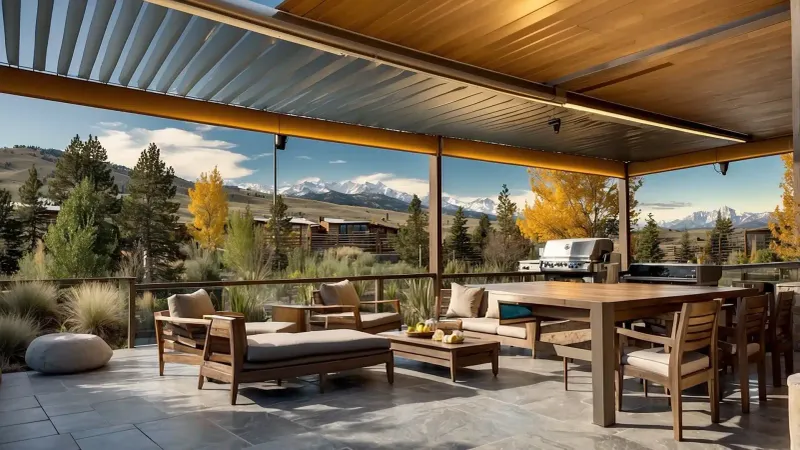
Creating a sheltered patio or deck transforms how you experience Denver’s dramatic weather. A solid roof structure with proper overhangs lets you enjoy those afternoon thunderstorms without getting soaked.
I’ve found that strategic placement of ceiling fans helps maximize enjoyment during hot summer days, while outdoor heaters extend the usability well into fall and early winter. The perfect covered space should balance protection with openness to capture mountain views.
8. Four-Season Entry Protection
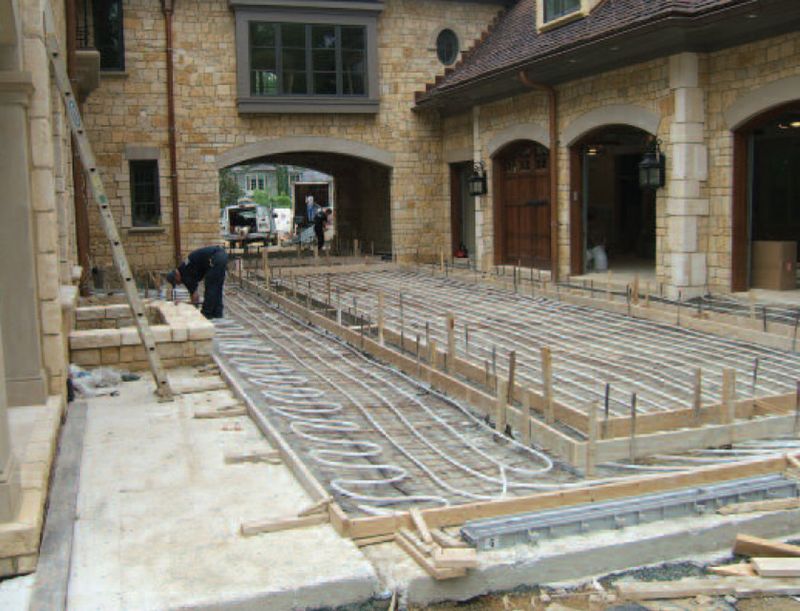
A well-designed covered entryway transforms the daily experience of coming home during Denver’s unpredictable weather. Beyond basic protection, thoughtful details make all the difference.
Heated walkways eliminate dangerous ice buildup in winter months. Proper lighting ensures safety during early winter evenings. I always suggest incorporating a transitional space for removing snowy boots before entering the home.
The best entry designs balance practicality with curb appeal, creating a welcoming first impression regardless of weather conditions.
9. Strategic Tree Placement
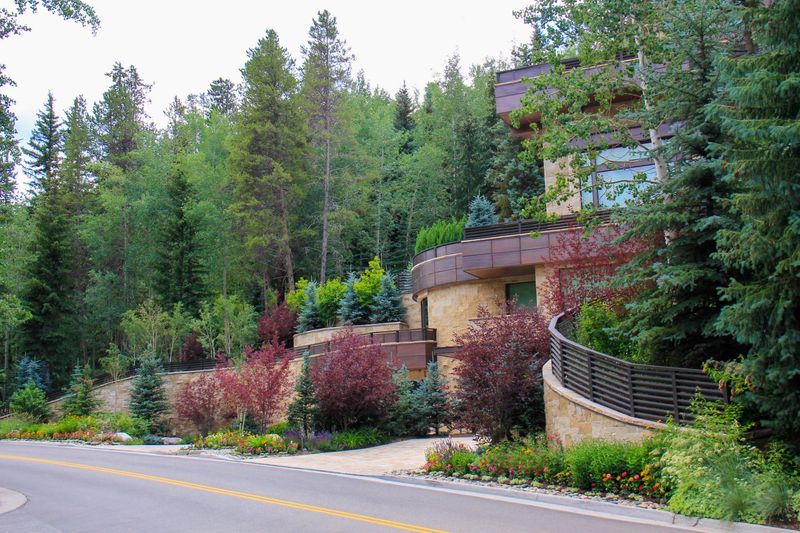
Deciduous trees on the south and west sides of your property create nature’s perfect climate control system. Their summer shade significantly reduces cooling costs during hot months, while winter leaf drop allows precious sunshine to warm your home naturally.
Evergreens placed on the north side create windbreaks against winter storms. When selecting species, I recommend drought-tolerant varieties like Burr Oak and Kentucky Coffee Tree that can handle our challenging soil conditions.
Proper placement prevents root damage to foundations and utilities.
10. Outdoor Lighting For Early Sunsets
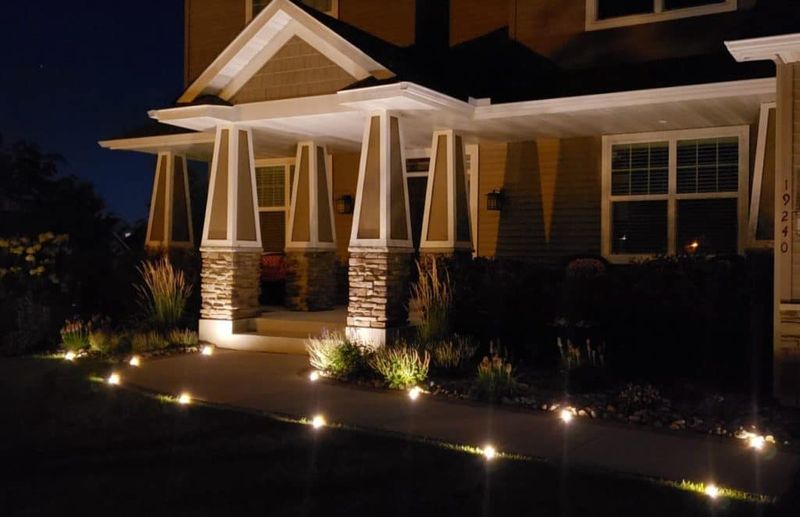
Denver’s winter days end remarkably early, making thoughtful outdoor lighting essential for both safety and enjoyment. Solar pathway lights take advantage of our abundant sunshine, storing energy during daylight hours for evening illumination.
Warm-toned LED fixtures highlight architectural features while consuming minimal electricity. I particularly love using lighting to showcase Colorado’s beautiful native landscaping, creating dramatic nighttime shadows against the home’s exterior.
Motion-activated security lighting provides additional peace of mind during the longer winter nights.


